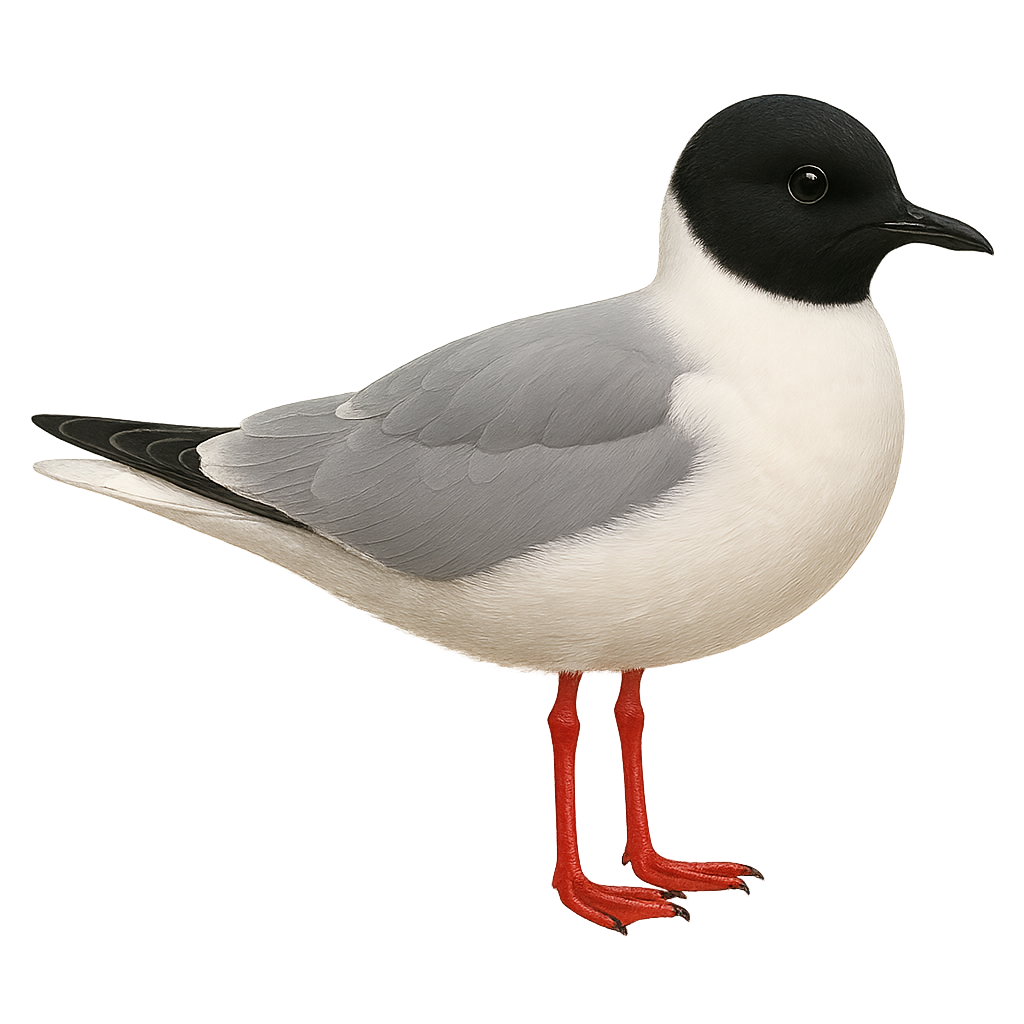Your wildlife photography guide.
Explore the little gull in detail, study its behavior, prepare your shots.
Where to observe and photograph the little gull in the wild
Learn where and when to spot the little gull in the wild, how to identify the species based on distinctive features, and what natural environments it inhabits. The WildlifePhotographer app offers tailored photography tips that reflect the little gull’s behavior, helping you capture better wildlife images. Explore the full species profile for key information including description, habitat, active periods, and approach techniques.
Little Gull
Scientific name: Hydrocoloeus minutus

IUCN Status: Least Concern
Family: LARIDAE
Group: Birds
Sensitivity to human approach: Suspicious
Minimum approach distance: 10 m
Courtship display: May to July
Incubation: 21-23 jours
Hatchings: June to August
Habitat:
wetlands, lakes, estuaries
Activity period :
Primarily active during the day, with peak activity in the morning and late afternoon.
Identification and description:
The Little Gull, Hydrocoloeus minutus, is the smallest gull species, measuring about 25 to 30 cm in length with a wingspan of 60 to 78 cm. It is characterized by its delicate plumage, with a pearl-gray back and white wings tipped with black. During the breeding season, its head turns black, contrasting with its white body. It inhabits wetlands, lakes, and estuaries, feeding mainly on small fish and aquatic insects. A migratory bird, it breeds in northern regions and winters further south. Its flight is light and graceful, often compared to that of a swallow. Though discreet, it is appreciated by birdwatchers for its elegance and social behavior.
Recommended lens:
400mm – adjust based on distance, desired framing (portrait or habitat), and approach conditions.
Photography tips:
To photograph the Little Gull, focus on wetlands where it is active. Use a telephoto lens of at least 400mm to capture details without disturbing the bird. Observe its behavior to anticipate its movements, especially during its graceful flights. Morning or late afternoon light is ideal to highlight its delicate plumage. Be patient and discreet to achieve natural and authentic shots.
The WildlifePhotographer App is coming soon!
Be the first to explore the best nature spots, track rutting seasons, log your observations, and observe more wildlife.
Already 1 432 wildlife lovers subscribed worldwide

